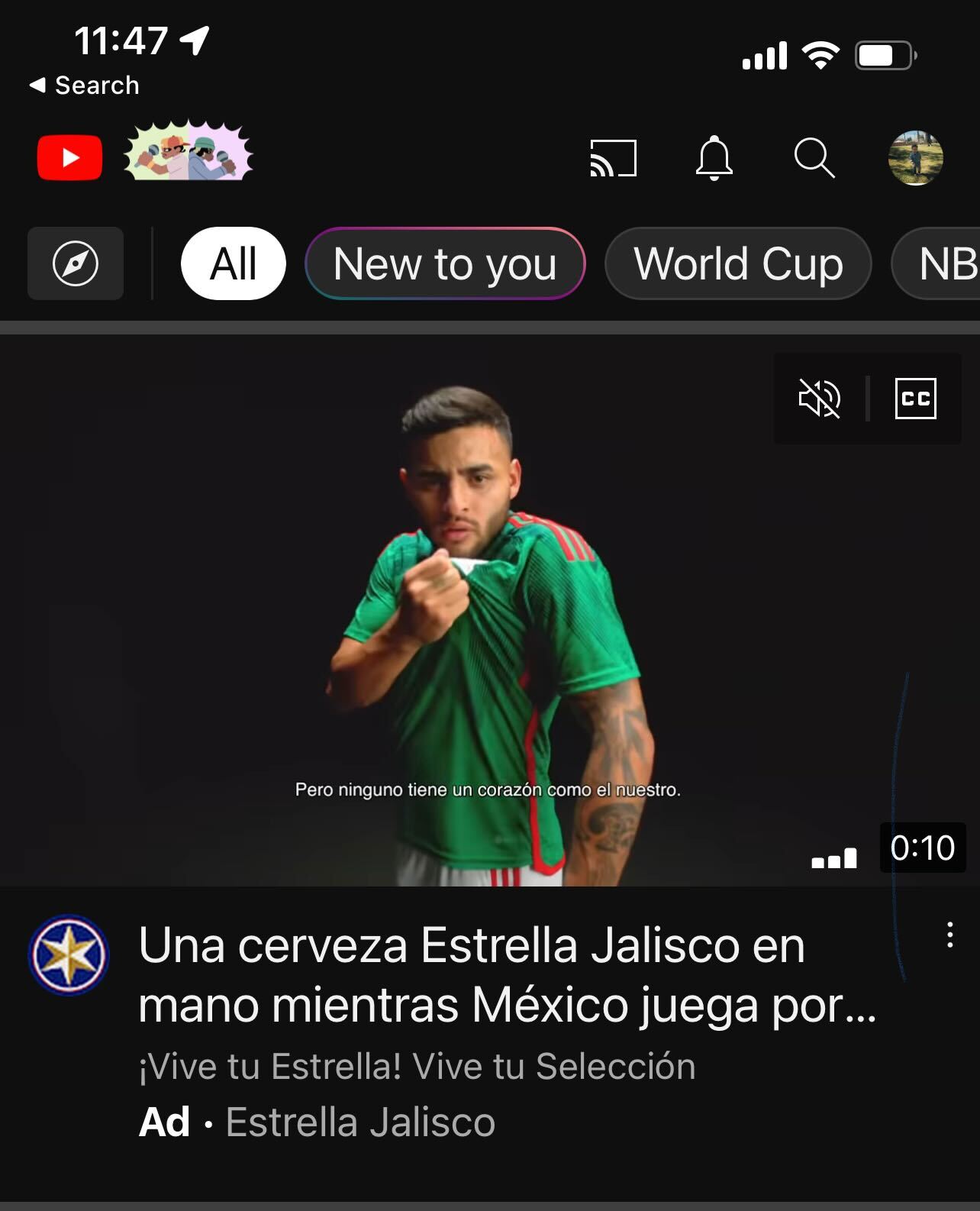What Are Google Discovery Ads and How Do They Work?
If your paid advertising campaigns are generating lackluster results, Google Discovery ads may be the answer. You can use them to reach prospects during the discovery stage. Google will serve your ads on multiple surfaces while exposing prospects to your brand.
What Are Discovery Ads?
Discovery ads are highly visual, multi-surface ads that target users during the discovery stage. They can appear on Google Discover, Gmail and YouTube. Google Discover is a personalized mobile feed. If you visit Google on a mobile device — and you aren’t using incognito mode — you should see a feed at the bottom consisting of listings that are relevant to your interests. This feed is Google Discover, and it changes based on the topics that you search for and the websites that you follow.
When you create Discovery ads, they may appear in various personalized feeds. Google may display them in….
YouTube Feed

Google Discover Feed

Gmail Feed

According to Google, Discovery ads are capable of reaching up to 3 billion users per month in these feeds.
How Discovery Ads Work
Discovery ads work like most other ads created on Google’s advertising network, but with a few caveats. They feature interchangeable elements that serve as building blocks, including headlines, descriptions, images, and logos. Google will automatically select the best combination.
You can’t use Discovery ads to reach search users, since they specifically target personalized feeds. Only Search Network ads will reach search users, so if these are your target audience, consider using Search Network ads instead.
Another difference between these types of ads is that Search Network ads use keyword targeting, whereas Discovery ads use audience targeting. Google will show your Discovery ads to users who fit your target audience. When building your ad, you can still specify keyword searches as a behavior, but you’ll have to build a target audience.
Some of the benefits of using Discovery ads include:
- Ability to reach users on multiple surfaces with a single campaign
- Massive reach consisting of billions of users
- Visually rich format that stands out and attracts users’ attention
- Generates high click-through rates (CTRs)
- Nonintrusive
- Easy to create
- Uses automated bidding strategies
- Typically costs less than Search Network ads
- Less competition than Search network ads
How to Create Discovery Ads
You can create Discovery ads in Google Ads. There’s a special campaign type designated for them: a Discovery campaign.
To get started, select the option to create a new campaign in Google Ads. You can then choose from one of four supported objectives: sales, leads, traffic, or no goal. All Discovery campaigns must feature one of these objectives. If you’re trying to sell a product or service, choose the sales objective. If you’re trying to generate business leads, on the other hand, choose the lead objective.
You’ll also have to choose a conversion goal. Conversion goals aren’t the same as objectives. An objective is simply your primary end goal. A conversion goal is the exact step or steps that users must perform in order for you to achieve your specified objective. After choosing an objective and conversion goal, select “Discovery” for the campaign type to proceed with the setup.
Google will ask you for some more information about your campaign. You’ll have to enter your website’s address, for example. All Discovery ads are linked to a website. When users click one of your ads, they’ll be taken to your site.
Like other campaigns, Discovery campaigns require a unique name. The name won’t affect the ads, audience or other aspects of your campaign; it will only affect how your campaign is presented in your account.
Don’t forget to specify a bidding strategy and budget. Discovery campaigns only support automated bidding strategies, such as target cost per action (CPA). An automated bidding strategy means that Google will raise and lower your bids automatically to help you generate the most conversions while staying within your budget.
There’s a field in which you can enter your daily budget. Keep in mind that you may spend more than your daily budget on any given day. Google will use your specified daily budget to calculate your maximum expenditure. In other words, you won’t be charged more per month than your specified daily budget multiplied by the number of days in the month.
If your daily budget is $100 and there are 30 days in the month, you won’t be charged more than $3,000 for that month. But Google may still charge you more than $100 for any given day of advertising. It may charge you $110 for one day, followed by $90 for the next day.
Optimizing Discovery Ads: What You Should Know
You’ll probably need to optimize your Discovery ads after getting them up and running. Even if they are profitable, you may be able to improve them. You can create new headlines, descriptions, images and logos. Some of these new elements may outperform your existing elements.
Images play an important role in whether users click and interact with Discovery ads. Most users will ignore generic images. Including unique, high-quality images in your ads, however, will attract their attention.
Adjusting your daily budget can affect your ads’ performance. If your daily budget is too low, your ads may generate few or no impressions. Increasing your daily budget will encourage Google to serve your ads so that they generate impressions and, thus, clicks.
Google Ads offers multiple types of ads, including: Search Network, Display Network, and Discovery Ads. Discovery ads are image-and-text hybrid ads that appear in personalized feeds. As long as you have a Google Ads account, you can create them.

20 years experience in the online marketing sector, including agency, ecommerce and entrepreneurial ventures.


